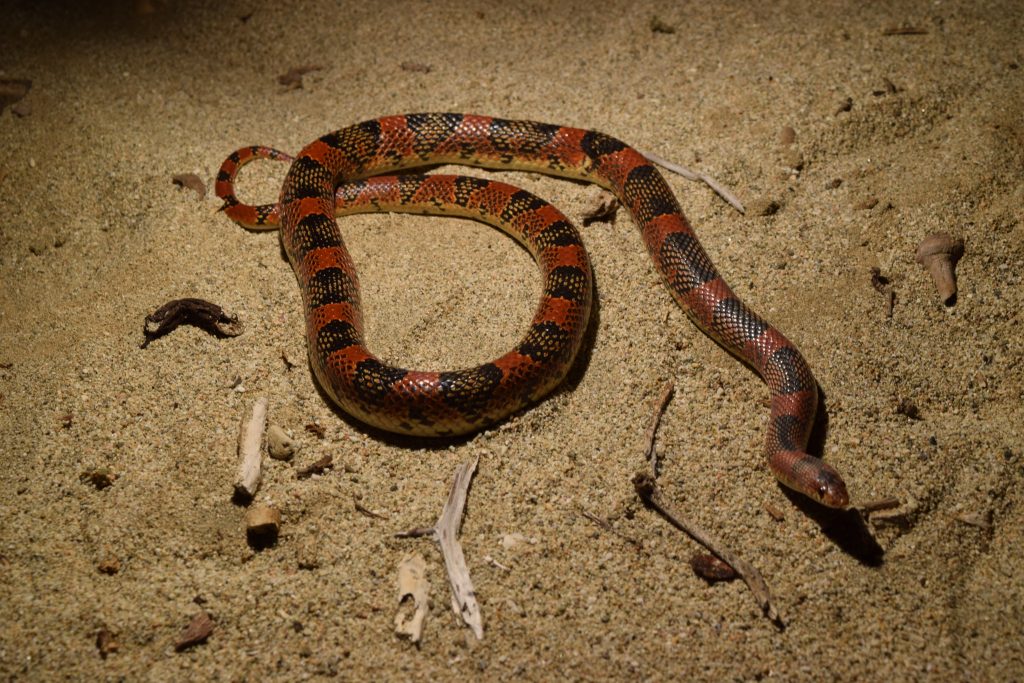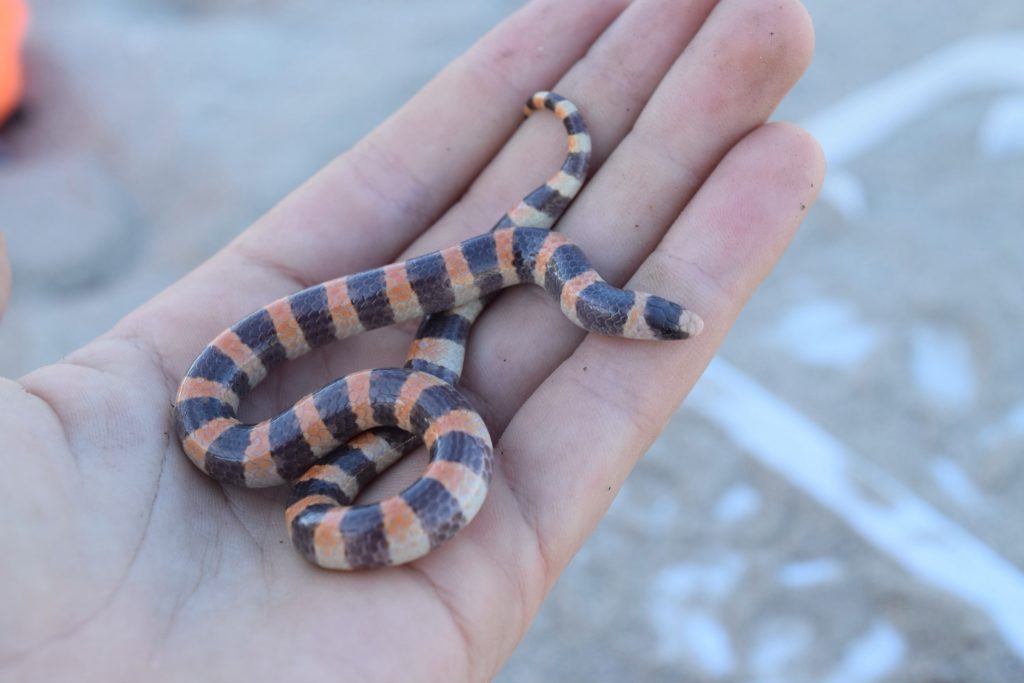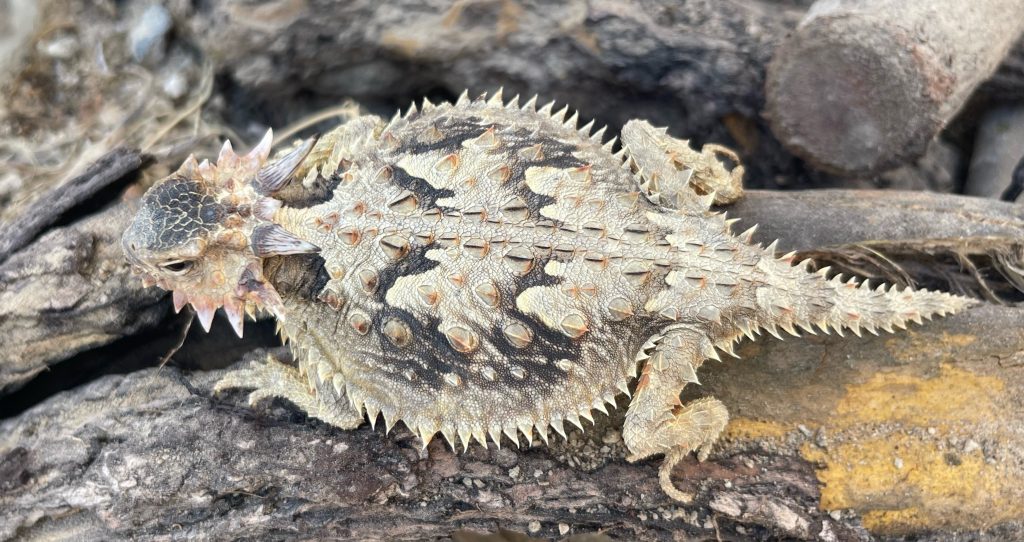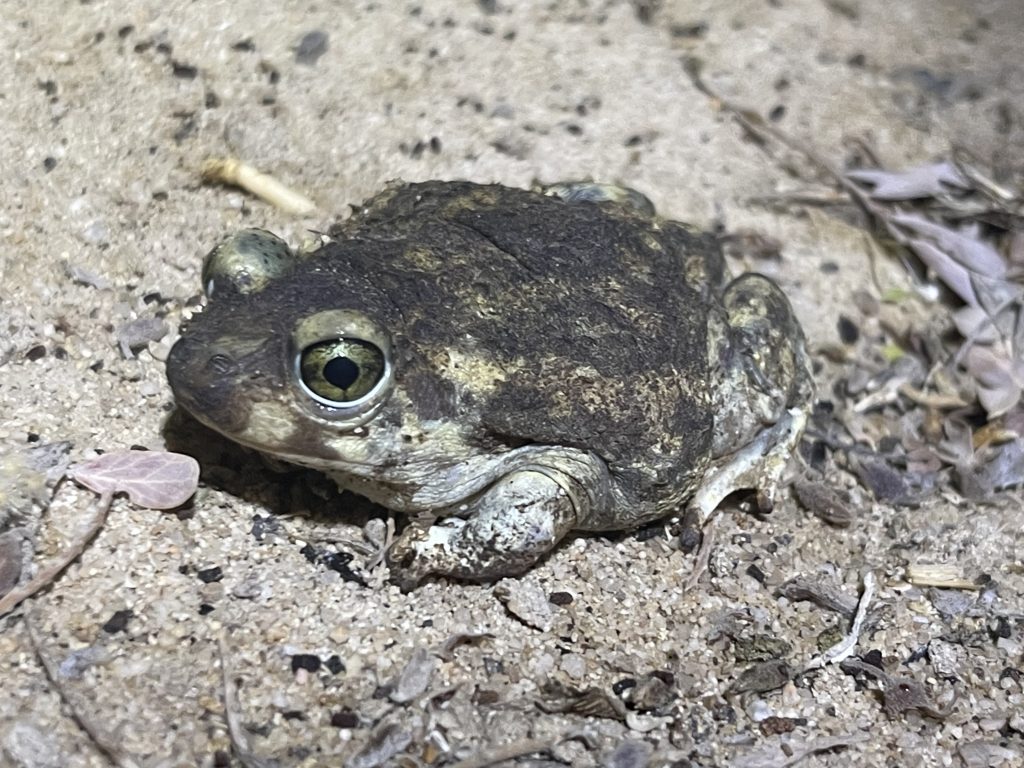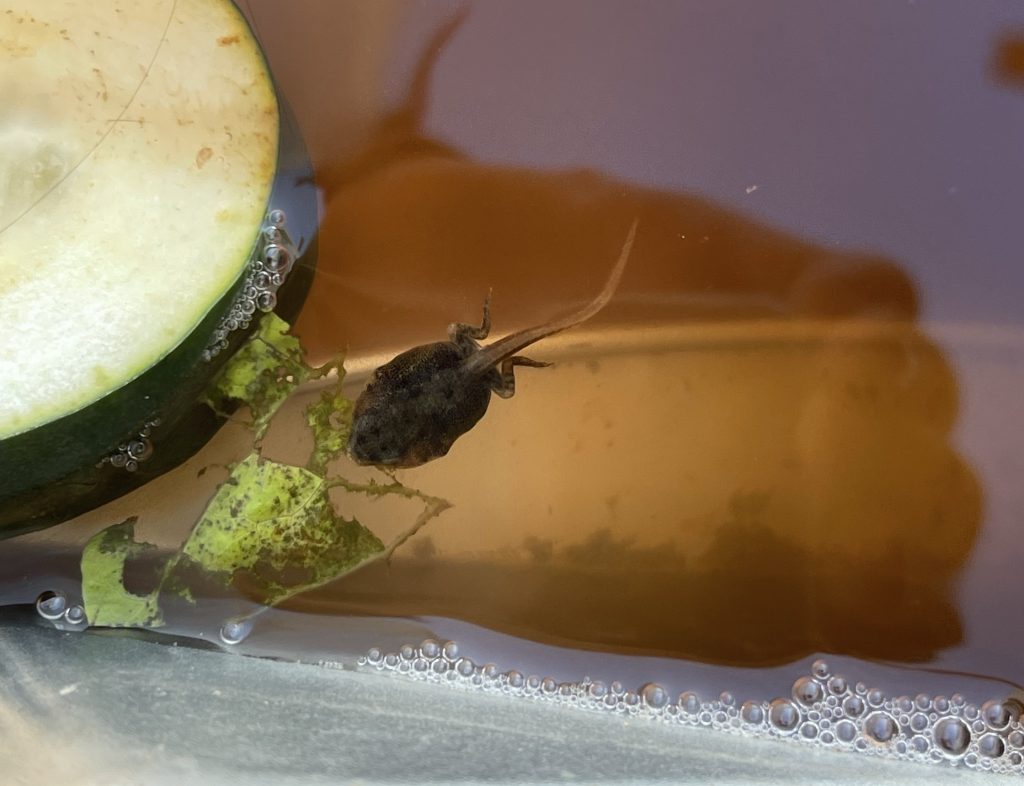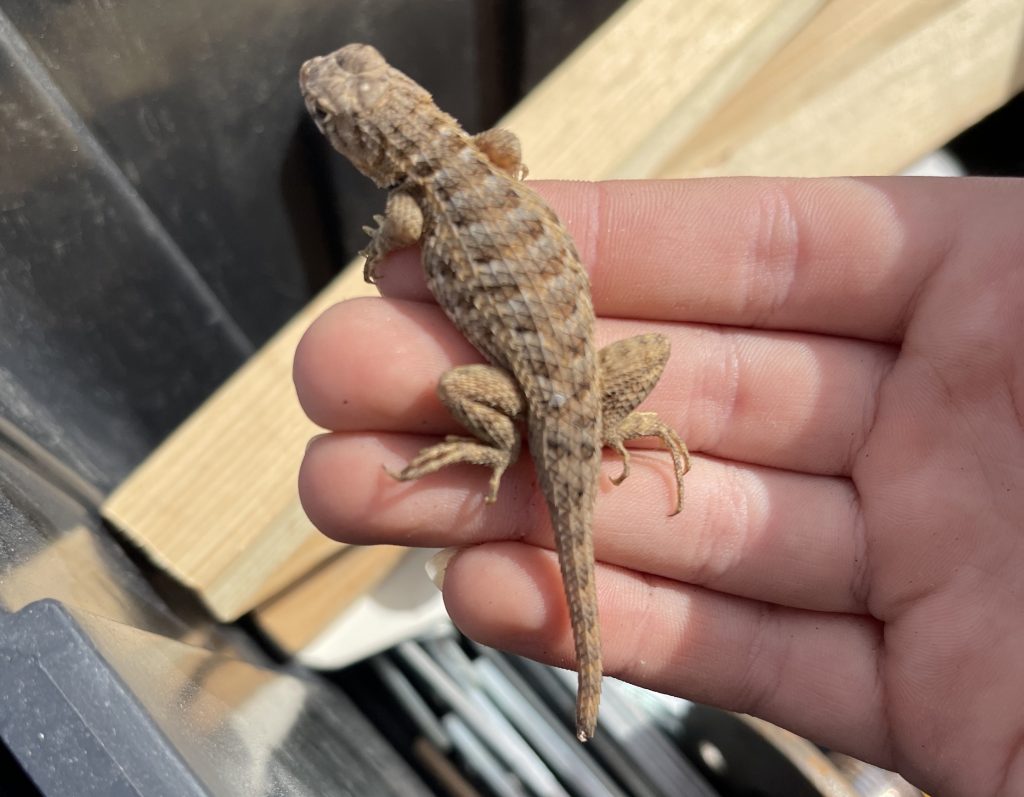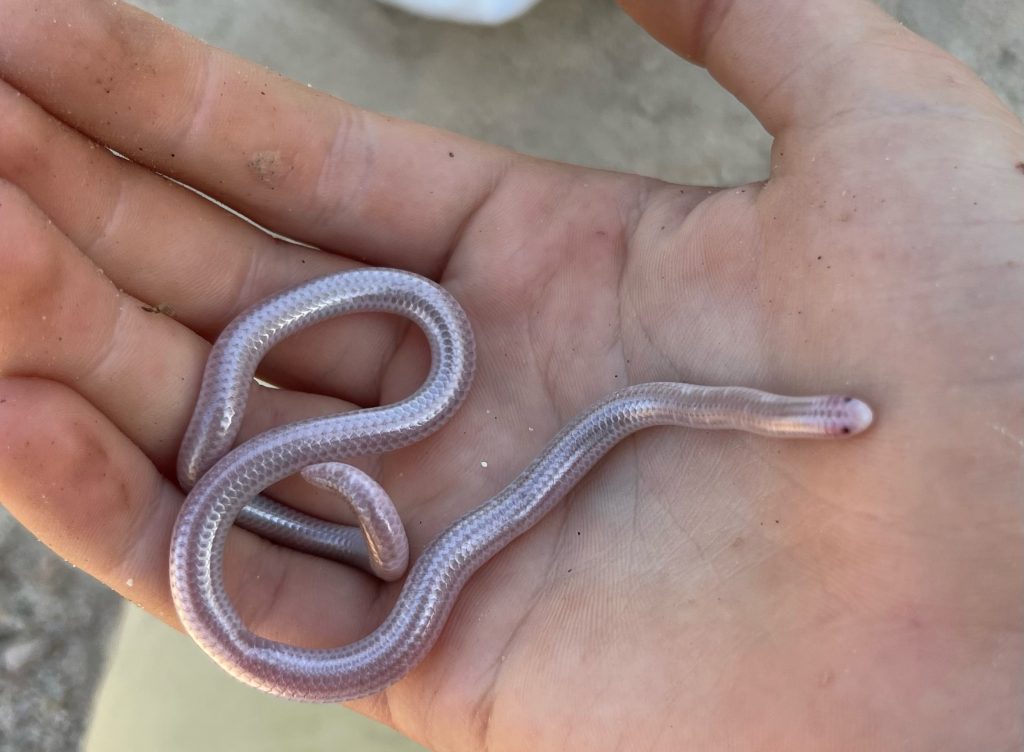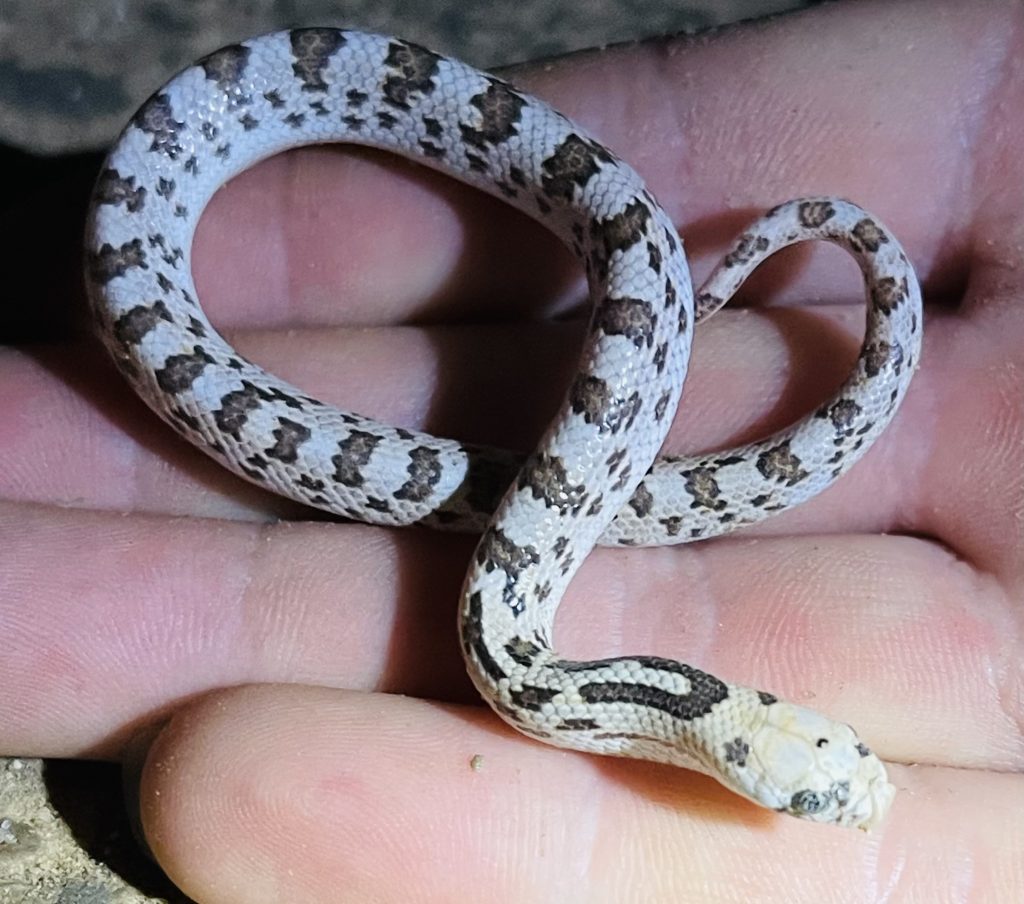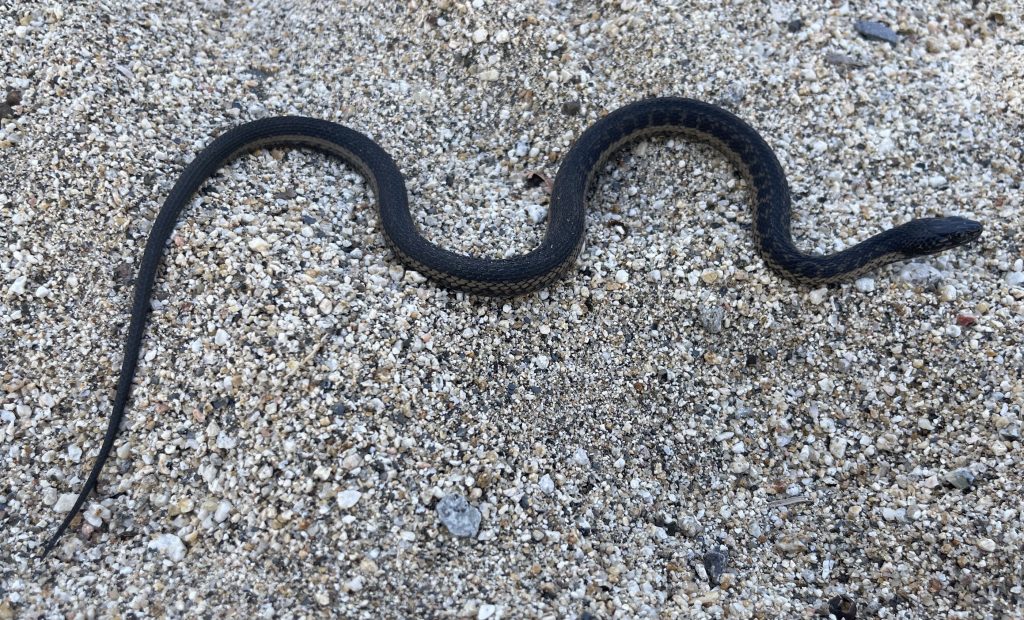
Today I have decided to write about the Cape Garter Snake (Thamnophis validus celaeno). Although they don’t live in La Ventana, they inspire the most common question that I receive: “There was a black snake swimming; is it dangerous?”
Around the beautiful town of Santiago (about a two-hour drive south from LV/ES), there are numerous waterways meandering through the arid countryside, including hot springs, waterfalls and swimming holes. These attractions bring people from all over the Cape Region, and this just happens to be the exact habitat of the Cape Garter Snake. Sometimes called the Cape Water Snake, these serpents spend most of their time in the water hunting fish.
Cape Garter Snakes are completely harmless little snakes that are quite common throughout many of the permanent streams in the Sierra de la Laguna Mountain Range. The last time I went to a river near Santiago, I found eight garters in a few hours! Though these snakes typically leave you alone, I have heard some stories of these little guys coming up to people to say hello. However, they aren’t too smart so maybe this is accidental. If you want to pick one up, you should be ready to get bitten about 100 times, but it really doesn’t hurt. When smaller ones bite, sometimes I don’t even notice.
If you are scared of snakes, don’t let your fear of these harmless creatures ruin your waterfall trip. If you’re not looking for them, you very well may not see any. Even if you do see some, they want nothing to do with humans; all they want is to eat fish and stay away from danger.
